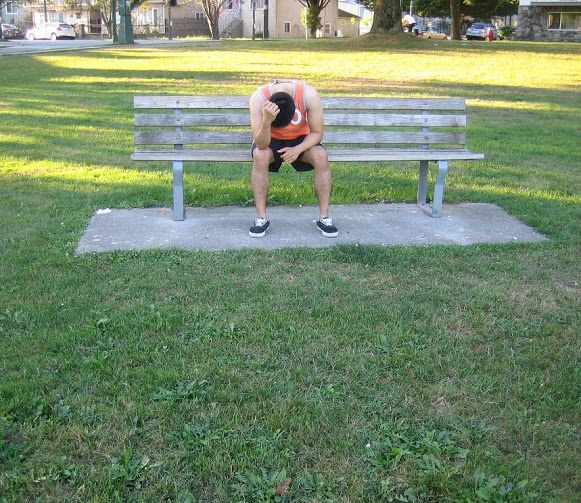Tachycardia is used to describe any heart rhythm that generates a rapid heart rate. It is important to note that tachycardia is often completely normal. Essentially, almost all of us experience it on a daily basis. The elevated heart rate is the main method in which the heart is able to increase the amount of blood it pumps during periods of stress or exertion. The normal type of tachycardia which is generated by the sinus node is known as sinus tachycardia.
Abnormal tachycardia or cardiac arrhythmias
There are also various types of cardiac arrhythmias that can lead to tachycardia.
- Supraventricular tachycardia – this occurs in the atria of the heart
- Ventricular tachycardia – originates in the ventricles
SVT typically occurs as episodes that start and end abruptly usually without any warning. It can cause evident anxiety, palpitations, dizziness or lightheadedness, weakness and even shortness of breath.
The 2 forms of tachycardia are relatively distinct both in types of individuals they usually develop and the degree of danger that they pose.
Supraventricular tachycardia (SVT)
Most types usually occur among young, otherwise healthy individuals. SVT typically occurs as episodes that start and end abruptly usually without any warning. It can cause evident anxiety, palpitations, dizziness or lightheadedness, weakness and even shortness of breath.
Individuals who have SVT do not have any symptoms at all in between the episodes. In case the episodes frequently occur or persist for a long period, the condition can disrupt the quality of life of the individual.
SVT can be treated effectively in most cases. Any individual who has the condition must seek medical care with a specialist.
Ventricular tachycardia
There are 2 general kinds of arrhythmia in ventricular tachycardia – ventricular tachycardia and ventricular fibrillation. In most circumstances, these arrhythmias are evident among the elderly who have underlying heart diseases particularly CAD and heart failure.
Remember that ventricular fibrillation is the most life-threatening of the cardiac arrhythmias. Once it occurs, it invariably results to death in just minutes unless it is stopped. In this condition, the electrical impulses inside the ventricles abruptly become disordered where the heart ceases to beat and cardiac arrest eventually occurs. Unless the individual is given cardiopulmonary resuscitation (CPR), death can occur in just minutes. The ideal way to deal with ventricular fibrillation is prevention.
When it comes to ventricular tachycardia, it is another potentially life-threatening arrhythmia that originates in the ventricles. Even though some cases generate minor symptoms, it can also lead to significant palpitations, severe lightheadedness, loss of consciousness or abrupt death. The difference with fibrillation is that it allows the heart to continue pumping to at least to a certain extent. Sudden death might not be immediate and could not even occur at all.


